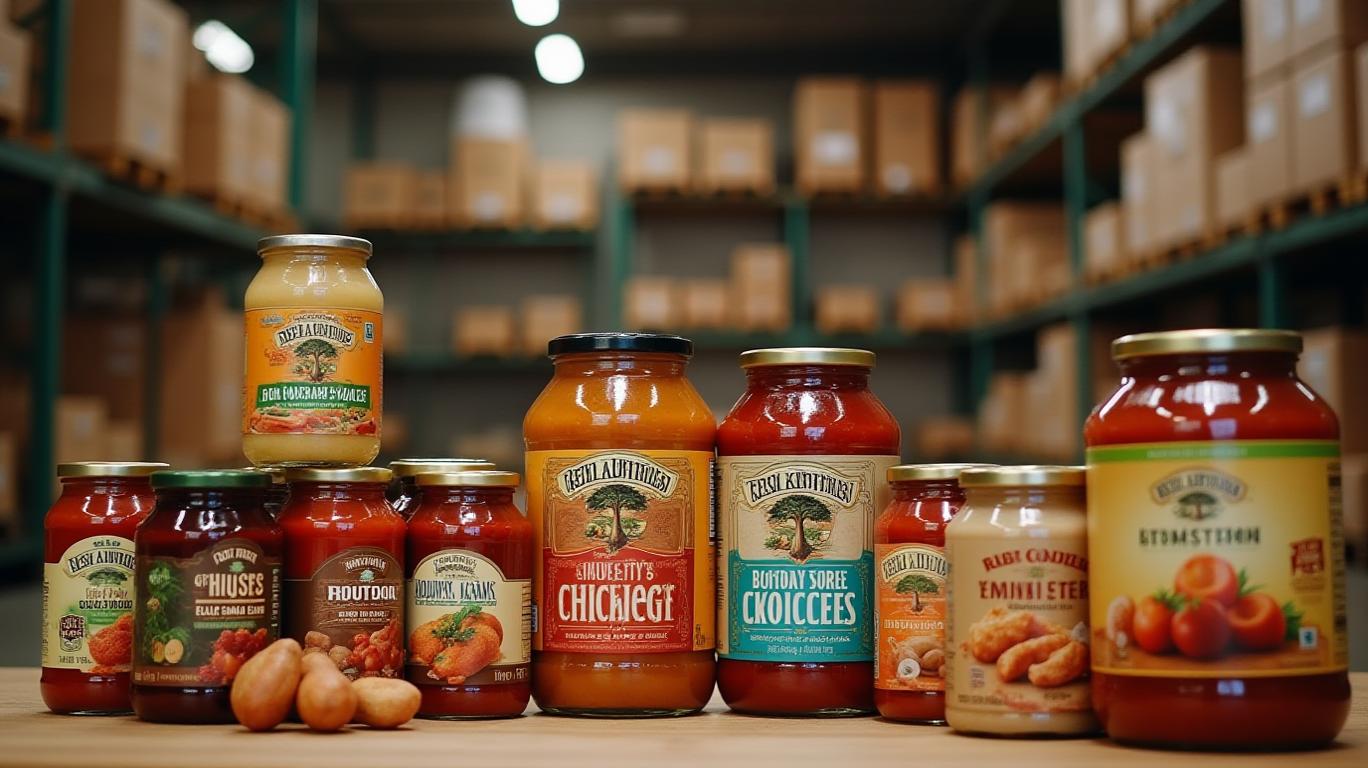TreeHouse Foods Delivers Surprising Earnings Beat Amid Sector Challenges
The food manufacturing sector has faced relentless headwinds in recent years—from inflationary pressures on raw materials to shifting consumer preferences and supply chain disruptions. Against this backdrop, TreeHouse Foods (THS) reported Q2 results that defied expectations, posting a Non-GAAP EPS of $0.03 (beating estimates by $0.19) and revenue of $792 million (exceeding forecasts by $2.24 million). This performance hints at a strategic shift or operational resilience that may position the company for stronger growth ahead.

The Numbers Tell a Story of Operational Discipline
The earnings beat was not merely a one-off anomaly. A closer look reveals a deliberate focus on margin optimization. Despite rising commodity costs, TreeHouse’s gross margin improved sequentially, suggesting successful implementation of pricing strategies and cost-saving initiatives. Management’s decision to prioritize high-margin product lines—such as private-label snacks and condiments—appears to have paid off.
The revenue growth, while modest in absolute terms, reflects sustained demand for TreeHouse’s private-label offerings. Private-label products typically command higher gross margins than branded goods, a dynamic that could become increasingly critical as consumers trade down during economic uncertainty.
Navigating Industry Headwinds
The broader food manufacturing sector has struggled with inflation. Competitors like B&G Foods (BGS) and Conagra Brands (CAG) have reported margin compression due to rising input costs. TreeHouse’s ability to mitigate these pressures suggests a competitive edge. A key factor is its vertical integration: owning manufacturing facilities and controlling production processes allows the company to better absorb cost fluctuations.
Moreover, TreeHouse’s focus on private-label products aligns with a structural trend. Private-label sales now account for over 25% of U.S. grocery sales, according to IRI data, as cost-conscious consumers increasingly favor store brands. This tailwind is particularly advantageous for a company like TreeHouse, which supplies over 4,000 SKUs to retailers such as Walmart and Kroger.
Risks on the Horizon
Despite the positive results, challenges remain. Input costs for commodities like sugar and wheat remain volatile, and TreeHouse’s reliance on just-in-time inventory could leave it exposed to supply chain shocks. Additionally, the company’s debt-to-equity ratio of 1.5x is higher than peers, raising concerns about leverage during an economic slowdown.
Conclusion: A Bullish, but Cautious Outlook
TreeHouse’s Q2 results underscore its potential as a defensive play in the consumer staples sector. The earnings beat and margin improvements indicate management’s ability to navigate turbulent markets—a skill increasingly valued by investors. With private-label demand holding steady and operational efficiencies driving profitability, THS could outperform peers in the coming quarters.
However, the company’s valuation remains a consideration. At a trailing P/E of 18x compared to the sector average of 16x, investors may demand clearer signs of sustained margin expansion. If TreeHouse can maintain its cost discipline and capitalize on private-label tailwinds, its stock could rise toward its 52-week high of $14.50. For now, the results are a promising indicator—but the road ahead remains fraught with macroeconomic risks that warrant vigilance.
In a sector where resilience is rewarded, TreeHouse has shown it can weather the storm. The question now is whether its strategies can turn a tactical win into a sustained victory.










